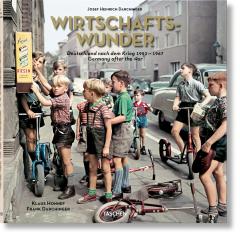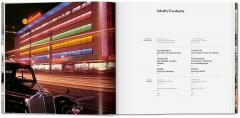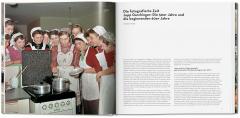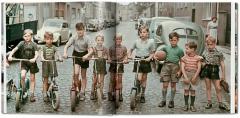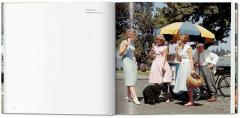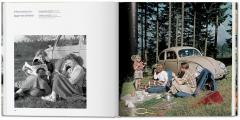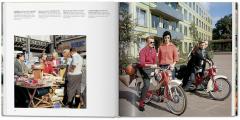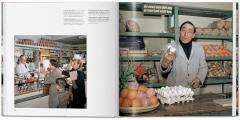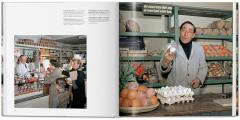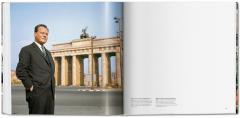A crucial visual document of German history, Josef Darchinger's portfolio of postwar West Germany reveals an extraordinary era, caught between increasing affluence and continued penury, between bomb sites and new building, between German Gemutlichkeit and the new threat of the Cold War.
Picking up the pieces in postwar Germany
The photographs portray a country caught between the opposite poles of technological modernism and cultural restoration, between affluence and penury, between German Gemütlichkeit and the constant threat of the Cold War. They show the winners and losers of the “economic miracle,” people from all social classes, at home, at work, in their very limited free time and as consumers. But they also show a country that looks, in retrospect, like a film from the middle of the last century.
For this revised edition, we have digitally remastered all photographies in a new, full-frame format that captivate with their highly pigmented colors and fine press varnish.
Josef Heinrich Darchinger (1925-2013) started working as a freelance photojournalist in 1952. Darchinger’s photographs began to regularly appear in reputable German print media starting in the mid-1960s. In his years as a photographer for Der Spiegel and Die Zeit, Darchinger had a formative influence on the magazines’ national news coverage of Bonn. He also presented his work at exhibitions and in collections of photographic portraits—for instance of Helmut Schmidt, Willy Brandt, Richard von Weizsäcker, or Heinrich Böll. Darchinger received numerous awards, among which was the prestigious Erich Salomon Award from the German Photographic Association.
